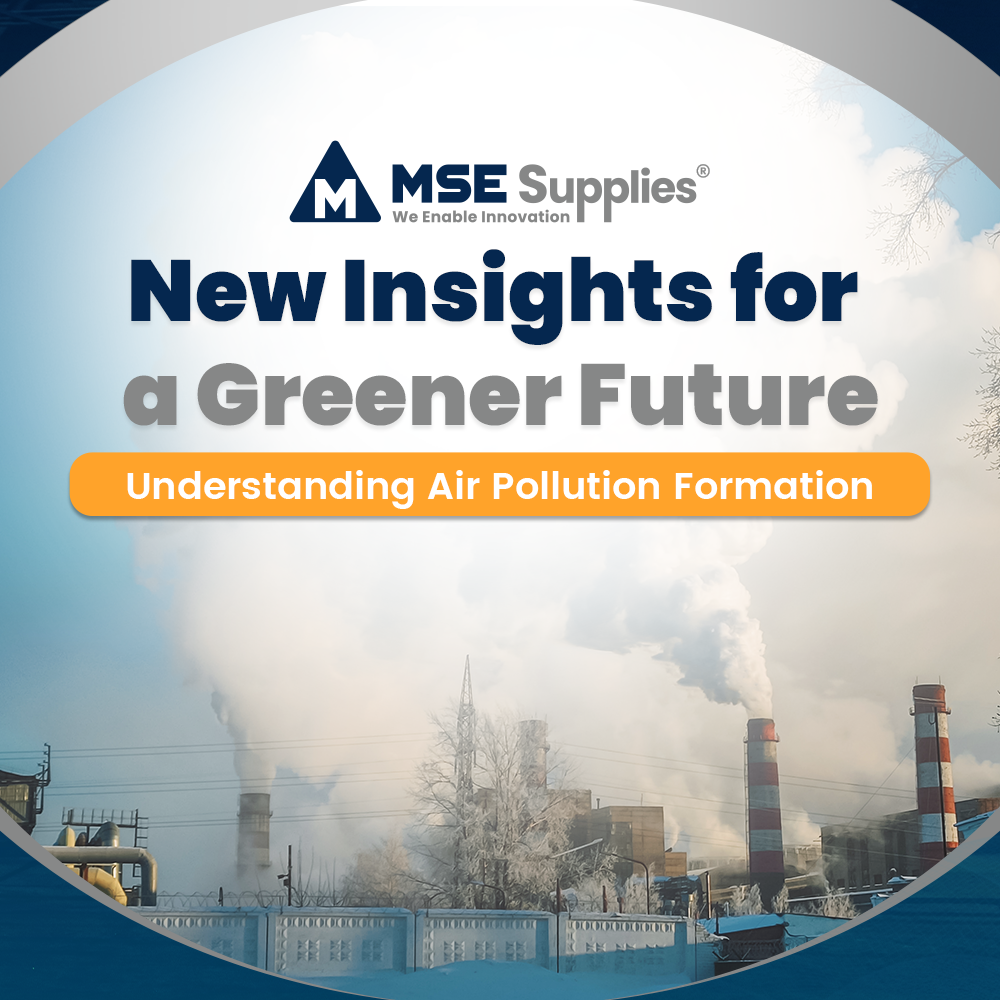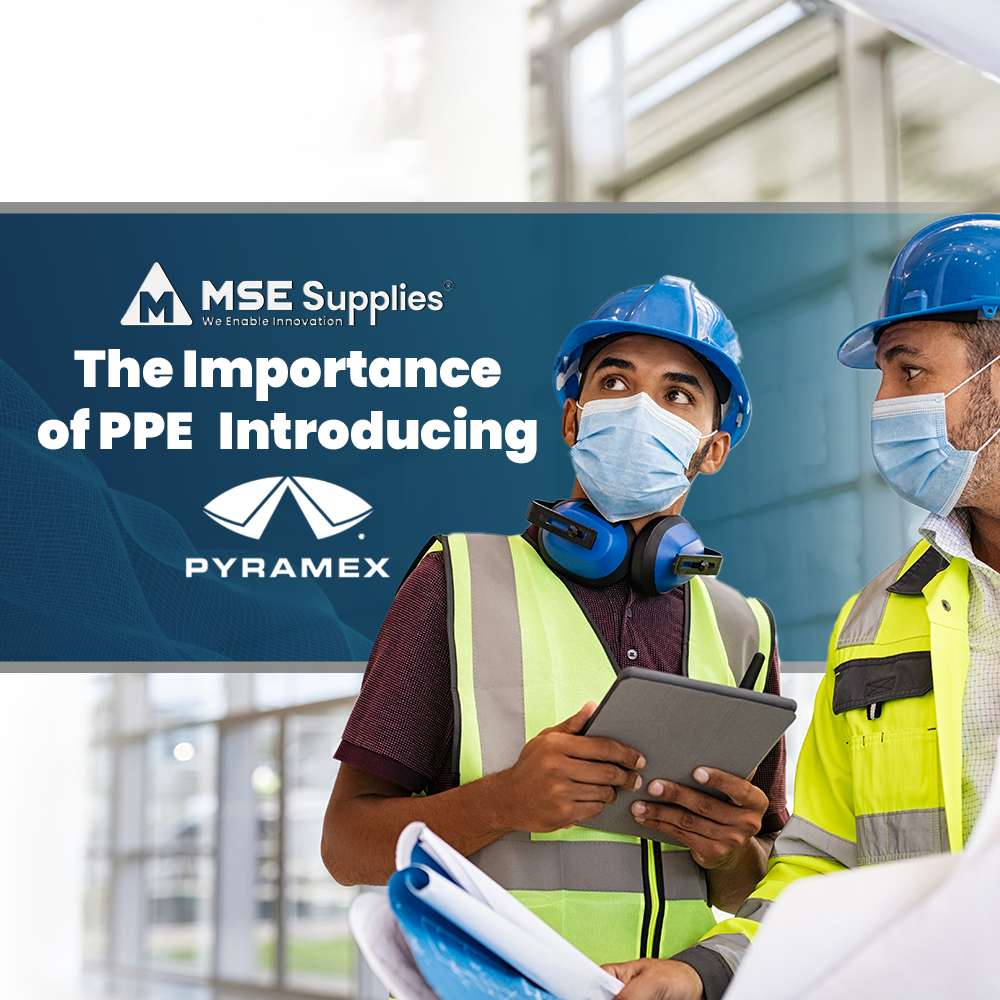Molecular Sieves: A Vital Tool in Adsorption and Separation
Posted by Marketing Team on

Molecular sieves are materials that can adsorb molecules depending on their size, shape, and polarity. Due to their versatility and efficiency, they are indispensable in industries including petroleum, pharmaceuticals, electronics and environmental products.
What Are Molecular Sieves?
Molecular sieves are comprised of crystalline aluminosilicates, natural or synthetic, having a three-dimensional matrix of silica and alumina tetrahedra. This structure can form uniform pores or cavities that selectively trap molecules depending on size and other properties. Dehydrated molecular sieves can act as an adsorbent to remove water, or other molecules, from gases or liquids, achieving high levels of purity and efficiency.
Adsorption and Its Role in Molecular Sieves
Molecular sieves operate using the phenomenon of adsorption. Adsorption (not to be confused with absorption which involves the movement of substances into the bulk of a material) is a surface phenomenon wherein the constituent molecules of a gas or liquid are adsorbed to the surface of a solid. Molecular sieves use the adsorption process through their pores, like tiny traps, to selectively capture molecules based on size, polarity, and other chemical effects.
Due to their high relative surface area and the tunability of pore sizes, this effect allows molecular sieves to be used for highly selective and thorough purification processes. This ability has made molecular sieves a key player in industries that require fast and effective purification or separation.
Adsorption Process in the Molecular Sieve

Adsorption in molecular sieves starts with adsorbate surface interaction, where molecules of gas or liquid contact the surface of the sieve to be temporarily bonded by Van der Waals forces or by polarity differences. This process is very selective as only molecules whose size is small enough to be admitted into the uniform pores of the molecular sieve or molecules having a compatible chemical property are adsorbed. It also remains unaffected for larger or incompatible molecules. This precise trapping mechanism makes it possible to effectively remove water or carbon dioxide from the gas or liquid stream, achieving very high purity as well as high efficiency in the majority of applications.
Applications of Molecular Sieves
Molecular sieves play a vital role in many industrial processes due to their adsorptive properties. Their ability to remove impurities ensures higher product quality, protects equipment, and supports sustainable practices. Common applications include:
- Gas Drying: Used to dehydrate natural gases, refrigerants, and other industrial gases.
- Purification: Removes contaminants such as carbon dioxide, hydrogen sulfide, and mercaptans from gas streams.
- Separation Processes: Isolates normal hydrocarbons from isomeric hydrocarbons, as well as oxygen and nitrogen in air separation units.
- Environmental Protection: Reduces harmful gases and moisture in factories and power plants.
Different Sizes of Molecular Sieves and Their Specific Uses
Molecular sieves are classified by pore size, which determines the type of molecules they can adsorb. The most common sizes include:
- 3A Molecular Sieves
- Pore Size: ~3 Å (Angstroms)
- Applications: Ideal for drying petroleum gases, olefins, and liquids like ethanol. Commonly used in industries like petrochemical, pharmaceutical, and insulated glass manufacturing.
- Features: Fast adsorption speed, excellent crushing resistance, and regenerability.
- 4A Molecular Sieves
- Pore Size: ~4 Å
- Applications: Suitable for adsorbing water, carbon dioxide, and sulfide compounds. They are used in drying natural gas, refrigerants, and nonpolar liquids.
- Features: High adsorption capacity and efficiency in removing specific contaminants.
- 5A Molecular Sieves
- Pore Size: ~5 Å
- Applications: Handles larger molecules like gasoline and hydrogen purification. Extensively used in the petroleum industry for gas stream purification.
- Features: Optimal for separating and purifying larger molecules in various mixtures.
- 13X Molecular Sieves
- Pore Size: Larger than 5 Å
- Applications: Suitable for removing large impurities such as moisture and carbon dioxide. Used in air separation and environmental protection processes.
- Features: High adsorption capacity for large molecules and excellent for ensuring pipeline safety and reducing pollution.
Why Molecular Sieves Matter
Molecular sieves' significance lies in their unmatched ability to enhance industrial processes through specific and effective purification qualities. They increase efficiency while upholding sustainability by ensuring high precision in adsorption and separation. Molecular sieves continue to be used extensively wherever purity matters—whether to protect sensitive equipment, enhance fuel quality or contribute toward cleaner energy solutions.
These molecular sieves are indispensable tools that simplify the process of adsorption and separation with unmatched precision. For modern industrial advancements, their role in the guarantee of purity and sustainability in the applications of gas drying, purification and environmental protection cannot be understated. MSE Supplies provides a broad spectrum of high-quality purification and drying products, with an emphasis on molecular sieves that are engineered to perform to the demanding requirements of industries that require the greatest performance and reliability.
Ready to elevate your processes? Explore MSE Supplies' premium molecular sieves today. Call us to speak with an expert for tailored solutions, and don’t forget to follow us on LinkedIn to stay updated on our latest offerings!




